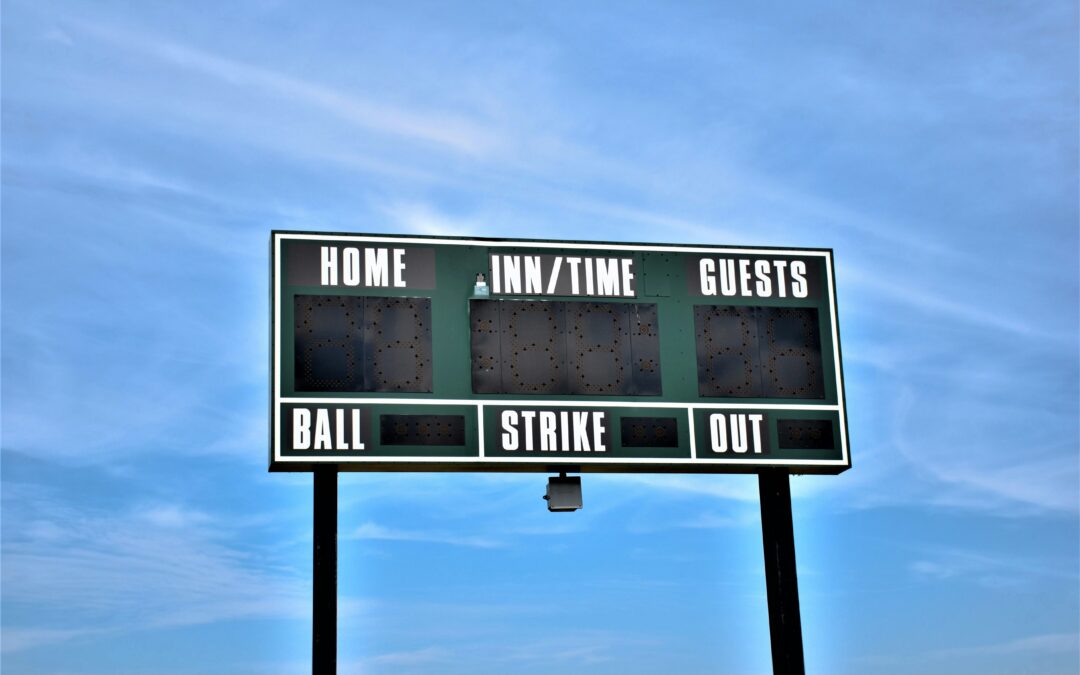Between Saturday, August 9 and Sunday, August 10, there were historic rainfall totals across the state of Wisconsin.
In certain areas, rainfall totals hit double digits, with as much 14 inches being recorded by weather services.
In the wake of the historic rainfalls, the area was subject to a massive flooding crisis. Areas like Menomonee Falls, West Allis, and Wauwatosa were among the hardest hit. Additionally, areas near bodies of water like ponds and rivers saw significant flooding due to waterways overflowing.
Many homes were directly impacted by the flooding, as basements flooded and structural damage occurred across southeastern Wisconsin.
Currently, Milwaukee County has cited that there may be as much as $23 million worth of damage to public infrastructure.
The incredible damage has also caused the state to reach out to FEMA for federal assistance in the aftermath of the weather damage.
Although there isn’t a definite total of houses affected by flooding, the estimates continue to rise.
A major reason for the flooding may be attributed to urbanization and a growing infrastructure that draws homes and businesses closer together.
According to Tyler Byrnes, a senior research associate with the Wisconsin Policy Forum:
“As people move closer together, they build roofs, they build parking lots, they build driveways. And all of these things prevent the water from soaking down into the ground and, instead, it runs off those what’s called ‘impervious surfaces,’ runs off those surfaces, and has to go somewhere and so, [it] flows downhill and ends up pooling in places.
The population of Waukesha County has risen at a steady annual rate of 0.61% since 2000, as the number of residents has jumped from 360,000 to 412,500.
Waukesha County has also seen a steady rise in both single and multi family housing units since 2000.
This year, Waukesha County was among the state’s highest new home permitting counties, with as many as 442 single family units permitted by July. This marks a 24.5% rise over the previous year.
Construction can change natural landscapes significantly, as introducing concrete and paved surfaces can reroute an areas natural drainage. Often, this results in rapid runoff that can overwhelm sewer systems, especially during historic weather events.
Waukesha County is still currently assessing the damage from the storm as the community focuses on rebuilding.










